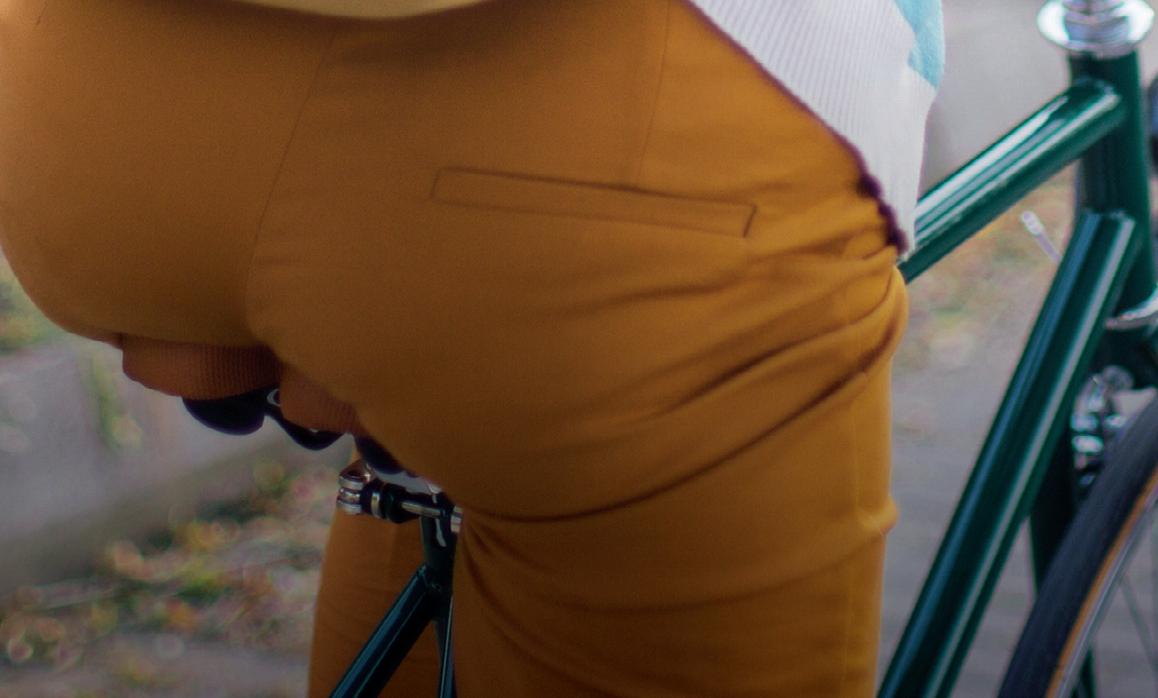
2 minute read
FUTURE HEALTHY
Not everyone has to be a weekend warrior. With added green spaces, cycling and walking, we can all do our bit to enjoy a healthier style of life

Advertisement













Designing our environment must be front and centre as we head into the future. Plenty are doing good work on this, but we need more. Enter Active Design, which is a set of Key Principles aimed at everyone involved in delivering and managing the built environment. It is not all doom and gloom, as planners, designers and national governing bodies (NGBs) have put it to the top of their lists in how to help the nation become more active. Sometimes, people might not even be aware of participating in active travel, but we need a radical change in our urban design: wider footpaths, cycle lanes, green spaces are all essential if we are to achieve this.
Sport England says that the design of the places and spaces we live, work and play has a significant impact on our ability to be physically active. This should be enhanced wherever possible, including opportunities for active travel, children’s play, outdoor leisure and anything else that enables people to be active. Interventions that support physical activity can also support other key objectives such as environmental sustainability, reducing inequalities and economic growth.
“Through good design, we can help improve these levels of physical activity,” says Nick Evans, head of planning & active environments, Sport England. “This has been shown from a number of global studies including one by James F. Sallis in 2016. It looked at 14 cities worldwide and found that those who lived in more activity-friendly neighbourhoods, which includes access to green spaces and connected streets, did significantly more minutes of physical exercise per week over those who lived in the least activity-friendly neighbourhoods.
“There’s no such thing as a ‘neutral space’. The places and spaces around us can have a positive or negative impact on whether, how, when and where we move. Those involved in designing and developing the places we live have an important role to ensure that places are designed to have a positive impact on our physical activity levels.”
The government also recognises the priority of making places available to walk and cycle comfortably and at our leisure, with Professor Rachel Aldred, professor of transport at the University of Westminster and director of the Active Travel Academy, saying: “As we know most people are not getting enough physical activity and walking and cycling can make a big difference.
“It’s something you do not need to think about; you walk to the bus stop or cycle to/from work. It can be a really


ActiveDesign
–
what is it?
These are the key principles based around physical activity, health and wellbeing, and community strength to inject new considerations into how we build our towns and cities:
● Foundational Principle –Activity for all
● Theme 1 – Supporting Active Travel
● Walkable Communities
● Providing connected active travel routes

● Mixing uses & co-locating facilities
● Theme 2 – Active, High-quality places and Spaces
● Network of multi-functional open spaces
● High-quality streets and spaces
● Providing activity infrastructure
● Active buildings inside and out
● Theme 3 – Creating & Maintaining activity
● Activating spaces
● Maintaining high-quality flexible spaces









